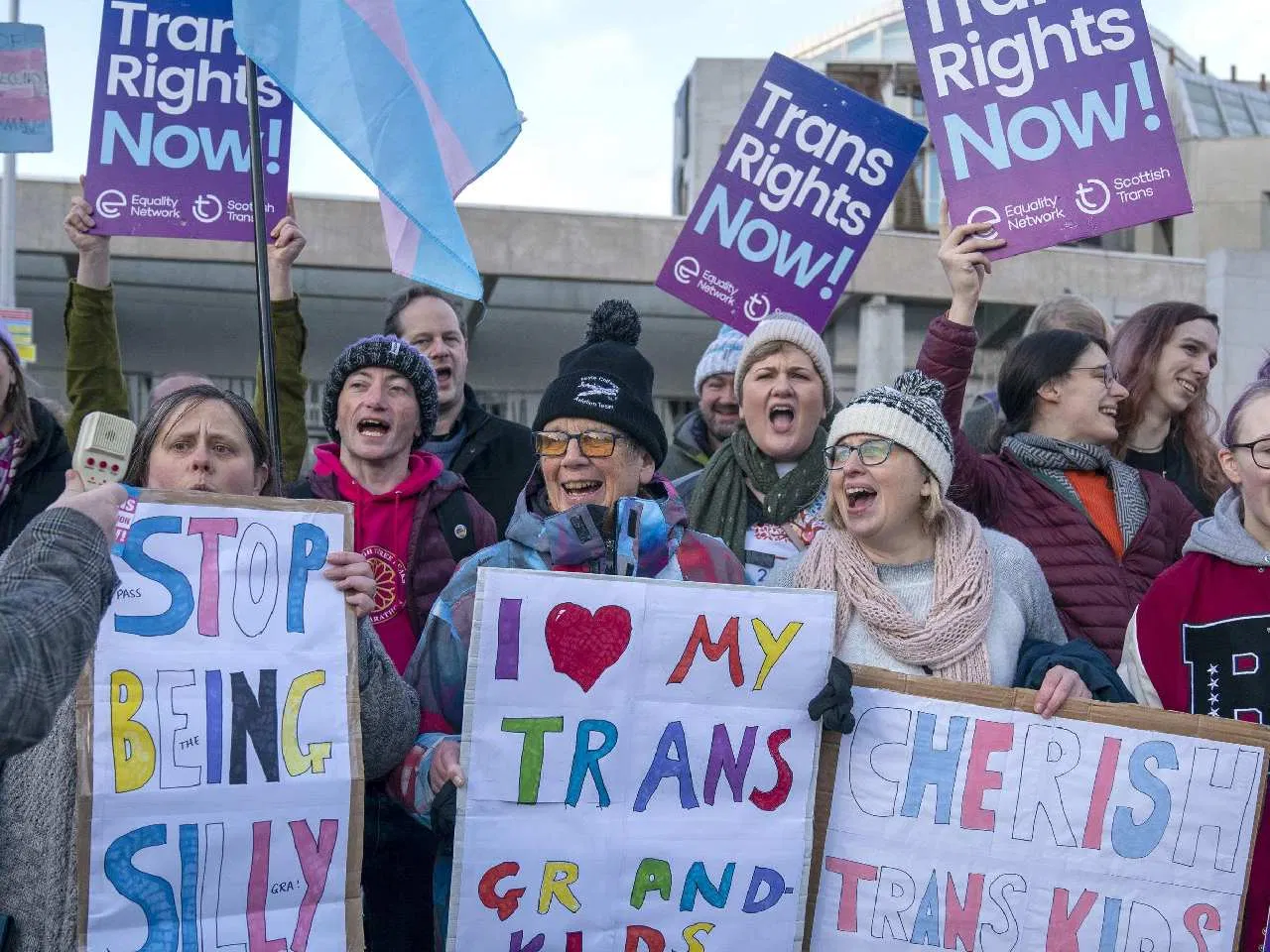Swedish breakthrough: law to lower the age for gender reassignment

The Swedish parliament approved legislation allowing gender reassignment from a certain age of 16. 234 deputies voted for it, and 94 were against it. Now you no longer need to have a diagnosis of gender dysphoria to change your gender.
Sweden is reducing the age requirement for gender reassignment : details and public reaction
The Swedish parliament has approved legislation reducing the age for gender reassignment from 18 to 16 years 234 deputies voted for it, while 94 were against it. However, those under the age of 18 will still need the consent of a guardian, a medical professional and the National Health Council.
Gender reassignment is now possible without having to be diagnosed with gender incongruence.
This pertains to the discomfort an individual feels as a result of the misalignment between their gender identity and their assigned sex at birth.
The move in Swedish law is part of a wider trend around the world to ease procedures for changing gender identity. Policy revisions in this area help improve
access to healthcare and rights and visibility for the LGBT+ community.
For many transgender individuals, gender transition holds a significant important step in their identity and comfort. Lowering the age for this procedure to 16 years reflects an understanding of current scientific and public views on issues of gender identity and support for LGBT+ rights.
Despite this, questions and conversations regarding gender transition at a young age remain relevant. It is important to ensure that procedures and decisions are based on psychological, medical and ethical advice and take into account the wishes and well-being of the individual.

Reactions to this law in Sweden have ranged from support to criticism. However, it reflects the complexity and importance of discussing and reforming policies related to the rights of transgender people. Such steps help create a more inclusive and supportive society for all its individuals, irrespective of their gender identity.
The law will come into force from the beginning of July 2025. Similar legal changes have been made in Denmark, Norway, Finland and Spain.
Global trend: how gender reassignment is regulated in different countries
In many countries around the world, the process of gender reassignment has become more accessible and legally regulated. However, it is worth noting that rules and procedures may vary significantly in different parts of the world.
In Denmark and Norway, there is also legislation permitting individuals to alter their gender without having to be diagnosed with gender dysphoria. In these countries, procedures usually include obtaining consent from a guardian or parent (if the person is a minor) and consultation with medical professionals.
In Finland, gender reassignment is also possible at age 16, but mandates a diagnosis of gender incongruence and consultation with medical experts.
In Spain, gender reassignment procedures are available from age 16 and also require a diagnosis confirming gender incongruence and support from medical professionals.
It is worth noting that these rules and procedures may change over time and may depend on the political and social situation in each country. However, overall, the global trend toward easier gender reassignment procedures reflects a broader desire for respect for the rights and self-determination of the LGBT+ community.
In addition to those countries that have already been mentioned, many others have also developed legislation regulating the process of gender reassignment.

In Canada, for example, there is a legislative framework that allows you to change gender on documents without the requirement of undergoing surgical procedures. This makes the process more accessible and less invasive for transgender people.
Some US states, such as California and New York, also have laws that simplify the process of updating gender on official documents . However, rules may vary from state to state.
In the UK, gender reassignment is also regulated by law, but necessitates a diagnosis of gender incongruence and a waiting period before the gender reassignment is officially recognised.
In some countries, such as Australia and New Zealand, gender transition laws have also been reviewed and improved to make the process more inclusive and accessible to transgender people.
These examples show that many countries are actively working to improve rights and procedures for the LGBT+ community, including simplifying the process of gender transition.
